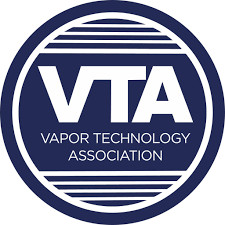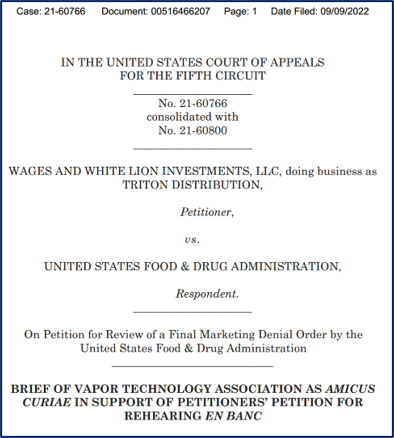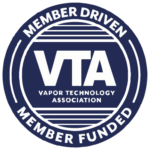Vape Trade Group Warns That Latest FDA Action Risks Jeopardizing Agency Credibility and Harm Reduction Mission
WASHINGTON, October 7, 2022 (Newswire.com) – Following the Food and Drug Administration’s release of the National Youth Tobacco Survey, Vapor Technology Association Executive Director Tony Abboud released the following statement:
“Yesterday, the FDA, in coordination with the CDC, released new data from the 2022 National Youth Tobacco Survey (NYTS) on e-cigarette use among U.S. youth. The FDA represents the NYTS data to show that youth vaping ‘remains high,’ yet a deeper dive into the data show only a small uptick in experimental or infrequent use while regular use remains flat or is slightly down.
“The fact remains that since 2019, according to the CDC, the number of high school students who have tried vaping (1 time in the last 30 days) has dropped by 50%, and the number of middle school students has plummeted by 70%. During that same time period, the number of high-school students who ‘frequently’ vape has dropped by 37% and the number of middle school students has dropped by 65%. FDA’s near single-minded focus on youth who experiment with vaping versus those who are frequent users ignores what clearly is a consistent trend of youth away from vaping products. Rather than focusing on removing products from the market in an attempt to impact youth vaping, the FDA should instead support common-sense regulatory reforms that would better restrict access to products instead. Simply removing products from the market is not the answer when those products are also proven to help adult smokers quit.
“It is well documented that flavored vapor products help adult smokers to switch to less harmful vaping and study after study after study has confirmed this. Since 2010, when e-cigarettes became widely available in the U.S., smoking rates have declined by more than half. Tobacco use is down. Youth vaping is down. These are both good things and are not in dispute. Unfortunately, there are still 40 million Americans addicted to cigarettes. Every year, 500,000 die from smoking-related diseases and yet less than three percent of our kids are using vapes on a regular basis. The FDA’s failure to acknowledge this reality ignores the role vaping plays in harm reduction and smoking cessation, and puts more lives at risk.”
ABOUT VTA
The Vapor Technology Association is the U.S. industry trade association whose members are dedicated to sound science-based regulation and selling innovative high-quality vapor products that provide adult smokers with a better alternative to combustible cigarettes. VTA represents the industry-leading manufacturers of vapor devices, e-liquids, and flavorings, as well as the distributors and retailers, including hardworking American mom-and-pop brick-and-mortar retail store owners.
MEDIA CONTACT
press@vaportechnology.org



